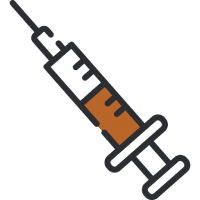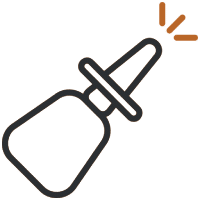Fentanyl is a synthetic opioid that’s 50 to 100 times more potent than morphine. Due to its high potency, fentanyl users face a high risk of fentanyl addiction, as well as fentanyl overdose.
In recent years, deaths caused by fentanyl addiction have skyrocketed. In fact, data from the U.S. Centers for Disease Control and Prevention (CDC) pegged the powerful opioid as the leading cause of death among Americans aged 18 to 45 years in 2021—killing more people than car accidents, gun violence, or suicide.
Fentanyl can elicit strong feelings of euphoria, relaxation, and pain relief and causes strong symptoms of withdrawal in users who quit taking the drug, making it hard for users to overcome fentanyl addiction.













